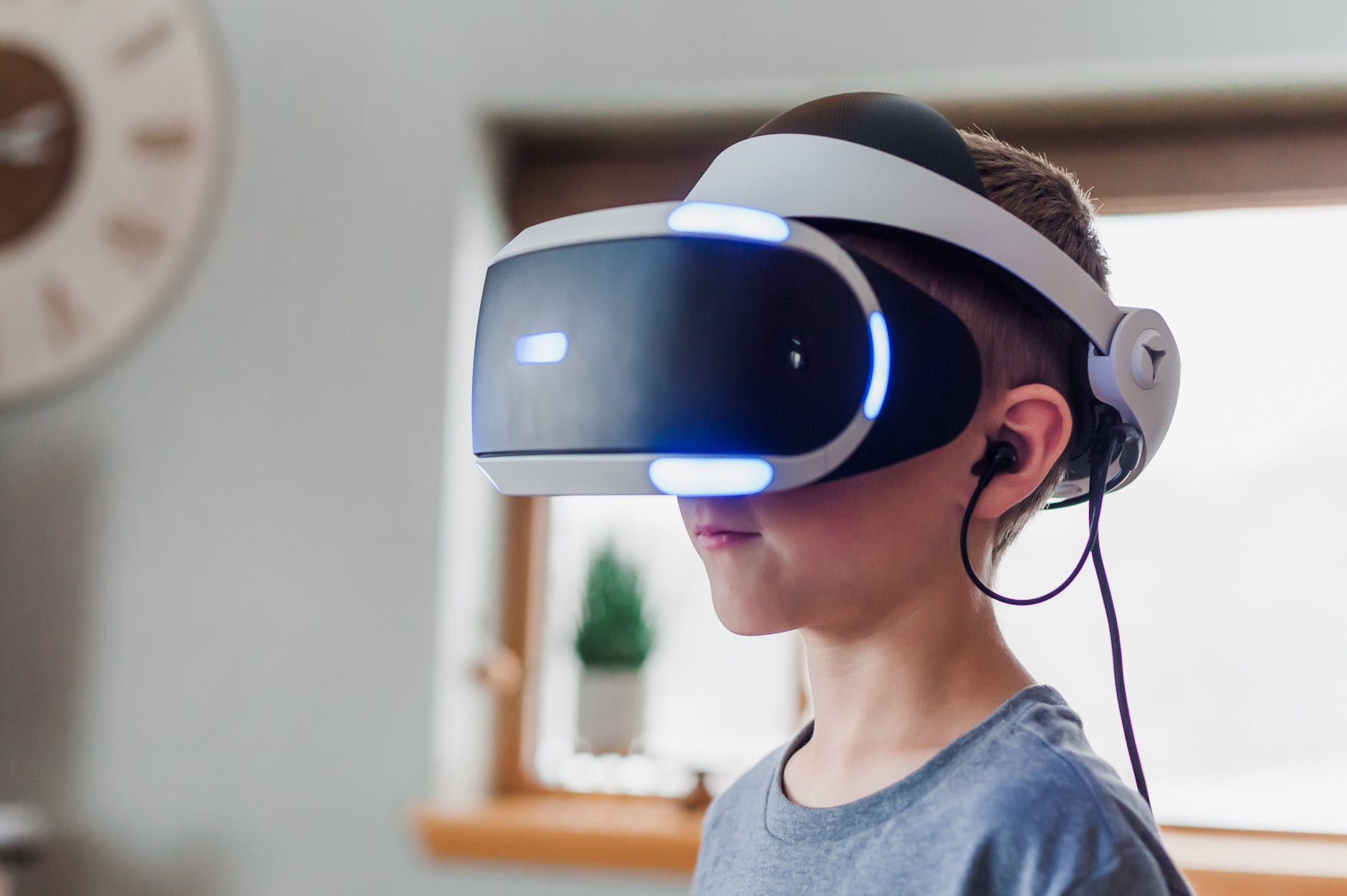Virtual reality (VR) technology has advanced significantly in recent years, and its application in product design has become more widespread. In this article, we will explore the evolution of virtual reality in product design, from its early beginnings to the latest advancements.
Table of Contents
- Introduction
- What is Virtual Reality?
- The Early Days of Virtual Reality in Product Design
- Advancements in Virtual Reality Technology
- Benefits of Virtual Reality in Product Design
- Virtual Reality in Product Design Process
- Future of Virtual Reality in Product Design
- Examples of Virtual Reality in Product Design
- Challenges of Virtual Reality in Product Design
1. Introduction
Virtual reality technology has come a long way since its inception in the 1960s. Initially, virtual reality was used mainly for gaming and entertainment purposes, but in recent years, it has become a valuable tool in product design. With virtual reality, designers can create realistic virtual prototypes of products and test them in a simulated environment, reducing the need for physical prototyping.
2. What is Virtual Reality?
Virtual reality is a computer-generated simulation of a three-dimensional environment that can be interacted with by a person using special equipment, such as a VR headset. The technology creates a sense of presence in a virtual environment, allowing the user to feel like they are actually there.
3. The Early Days of Virtual Reality in Product Design
The use of virtual reality in product design dates back to the 1990s, when it was used mainly for the automotive and aerospace industries. Virtual reality was used to simulate the design and manufacturing process of cars and airplanes, allowing engineers to identify design flaws before building physical prototypes.
4. Advancements in Virtual Reality Technology
In recent years, virtual reality technology has improved significantly, making it more accessible and affordable for designers. The development of VR headsets like Oculus Rift and HTC Vive has made it easier for designers to create and test virtual prototypes. The introduction of haptic technology, which simulates the sense of touch, has also enhanced the virtual reality experience.
5. Benefits of Virtual Reality in Product Design
Virtual reality in product design offers several benefits, including:
- Reduced need for physical prototyping: Virtual prototyping eliminates the need for physical prototypes, reducing the cost and time required to develop a product.
- Enhanced collaboration: Virtual reality allows designers and engineers to collaborate in a shared virtual space, regardless of their physical location.
- Improved design quality: Virtual prototyping enables designers to test and refine their designs in a simulated environment, resulting in better product quality.
6. Virtual Reality in Product Design Process
Virtual reality is used throughout the product design process, from ideation to product launch. The process includes the following stages:
- Ideation: Virtual reality allows designers to visualize and test their concepts in a virtual environment.
- Design: Designers can create virtual prototypes and test them in a simulated environment, enabling them to identify design flaws and make necessary modifications.
- Manufacturing: Virtual reality can be used to simulate the manufacturing process, enabling engineers to identify potential issues and optimize production processes.
- Marketing: Virtual reality can be used to create immersive marketing experiences, allowing customers to interact with products before they are launched.
7. Future of Virtual Reality in Product Design
The future of virtual reality in product design is promising. Advancements in technology, such as the integration of artificial intelligence and machine learning, will enhance the virtual reality experience and make it even more valuable in product design. As technology becomes more accessible and affordable, it is expected that virtual reality will become a standard tool in the product design process.
8. Examples of Virtual Reality in Product Design
Virtual reality has been used in various industries for product design. Here are some examples:
- Automotive industry: Automakers like Ford, Audi, and BMW use virtual reality to test and refine their designs, enabling them to reduce the cost and time required to develop a car.
- Aerospace industry: NASA uses virtual reality to simulate space missions, allowing astronauts to train for space travel in a simulated environment.
- Furniture industry: IKEA uses virtual reality to create immersive shopping experiences, allowing customers to visualize furniture in their homes before making a purchase.
- Healthcare industry: Virtual reality is used in healthcare for medical training and patient therapy. Surgeons can use virtual reality to practice complex procedures before performing them on patients, while patients can use virtual reality for pain management and relaxation.
9. Challenges of Virtual Reality in Product Design
While virtual reality has many benefits, there are also challenges to its use in product design. Some of these challenges include:
- Cost: Virtual reality technology can be expensive, making it inaccessible to some designers.
- Complexity: The virtual reality design process can be complex, requiring specialized skills and knowledge.
- Motion sickness: Some users may experience motion sickness or other adverse effects when using virtual reality.
- Lack of standardization: Virtual reality is still a relatively new technology, and there is a lack of standardization in its use in product design.
Conclusion
Virtual reality has come a long way in product design, from its early beginnings in the 1990s to the latest advancements today. Virtual reality offers many benefits in product design, including reduced cost and time for prototyping, enhanced collaboration, and improved product quality. As technology continues to evolve, it is expected that virtual reality will become an essential tool in the product design process.
